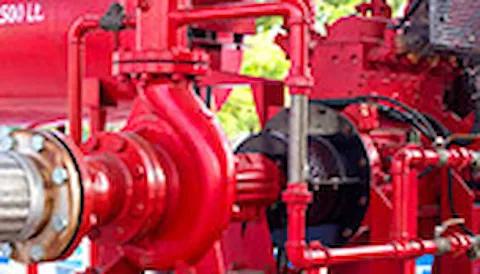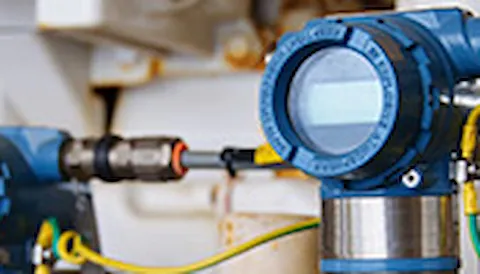ATEX 153 ‘Worker Protection Directive’ 99/92/EC
Improving the safety and health protection of workers potentially at risk from explosive atmospheres.
ATEX 153 ‘Worker Protection Directive’ 99/92/EC
In addition to product certification there are also regulations which govern the safe operation of locations where potentially explosive atmospheres occur, ensuring the safety of life and property.
Technical requirements
Directive 99/92/EC contains a number of Articles outlining the Obligations of the Employer with respect to identification and management of risks associated with potentially explosive atmospheres. The Directive is implemented in EU member states under specific local legislation which may supplement or extend the basic obligations – for this reason, the directive should always be read in conjunction with any local legislation and requirements.
The Articles that are of particular concern are:
- Prevention of and Protection against Explosions (Article 3) – covers prevention of the formation of Explosive Atmospheres or where that is not possible the avoidance of ignition sources and mitigation of the detrimental effects of an explosion.
- Assessment of Explosion Risks (Article 4) – including: likelihood and persistence of an explosive atmosphere; likelihood of active ignition sources; substances used and processes, and the scale of anticipated effects.
- General Obligations (Article 5) – taking necessary measures to ensure that that the work can be performed safely, and appropriate supervision is in place.
- Duty of Coordination (Article 6) – Where workers from several employers are present in the same work environment, each employer shall be responsible for all matters under his/her control.
- Places where Explosive Atmospheres may Occur (Article 7) – covers responsibility for correct classification of the Hazardous Area(s) into Zones and implementing all requirements specified in the directive.
- Explosion Protection Document (Article 8) - A document to be created prior to commencement of work and updated in the event of any changes, extensions or conversions. It should demonstrate:
- The Explosion Risks have been determined and assessed;
- Adequate measures will be taken to achieve the aims of the directive;
- Those areas which have been classified into zones in accordance with Annex I;
- Those places where the minimum requirements in Annex II will apply;
- That the workplace and equipment, including warning devices are designed, operated and maintained with due regard for safety;
- That in accordance with Directive 2009/104/EC arrangement have been made for the safe use of equipment.
Related standards & codes of practice
EU Member States have incorporated the requirements of the Directive into national laws, in some cases incorporating other directives. Notably DSEAR (Dangerous Substances & Explosive Atmospheres Regulations) in the United Kingdom. As an operator of a plant or facility with a potentially explosive atmosphere you must ensure that you satisfy the requirements for worker protection in conjunction with national legislation, which may supplement or extend the basic requirements.
Other related standards are:
- IEC/EN 60079-10-1 Explosive atmospheres - Part 10-1: Classification of areas - Explosive gas atmospheres;
- IEC/EN 60079-10-2 Explosive atmospheres - Part 10-2: Classification of areas - Explosive dust atmospheres;
- Energy Institute Part 15 (Full title: Model code of safe practice Part 15: Area classification code for installations handling flammable fluids) – formerly called and often still referred to as IP 15 (Institute of Petroleum Part 15);
- NFPA (National Fire Protection Association) 497: Recommended Practice for the Classification of Flammable Liquids, Gases, or Vapors and of Hazardous (Classified) Locations for Electrical Installations in Chemical Process Areas.
Our offering
DNV provides a range of professional expert and technical services to support employers with their safe implementation of 99/92/EC Worker Protection Directive. These include all appropriate risk assessments, laboratory testing of materials, preparation of Hazardous Area Classification documentation, preparation or review of the Explosion Protection Document, compliance verification as appropriate and training.
More information
Directive 99/92/EC
(See also the specific national instruments of legislation for your specific jurisdiction)
Find your local office
Find your nearest DNV office




